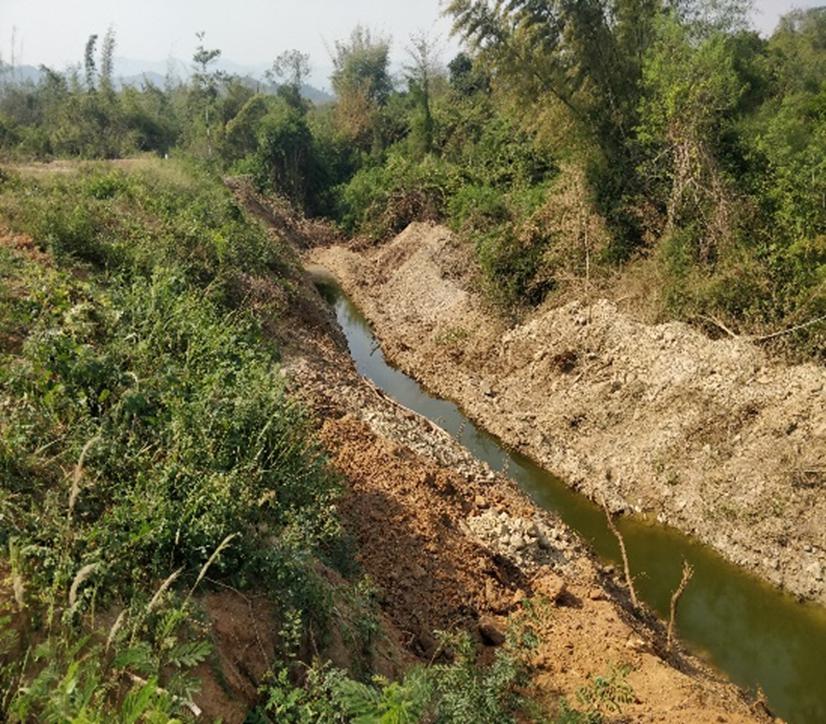Poldej Kochprapa
Human-Elephant Conflict, one of the conservation challenges to the Elephant species. In Thailand, HEC is widespread and can be intense in some area. However, the study on the pattern of HEC which help in systematic planning of mitigation methods still limited. So, the objective of this study is to provide predictions of HEC occurrence using Kuiburi National Park as study site. This study aims to predict the pattern of HEC related to the local farm variables such as crop and ecological variables such as water sources. This study focuses to identify the important drivers of HEC and quantify preferences in the relationship of driving factors and HEC incident. The predictive model could indicate where mitigation should be used and measure most likely influence factors of HEC.

Human-Elephant Conflict (HEC), one of the major threats to the population of both African and Asian Elephant. Anthropogenic expansion such as human settlement and agricultural expansion to the forest habitat leading to increases in crop raiding and result in such consequences. People lost their agricultural products and in response, local retaliate causing deaths and injuries to elephant and human from the encounters. There are many mitigation methods developed to prevent further crop raiding such as physical barriers, vigilance, deterrent, repulsion, and compensation. Yet, the conflict management still need more investigation to work on the site-specific variables of each HEC sites. Each mitigation methods cannot apply to every site from the different in context. In Thailand, there are 41 protected area that faced HEC. There area many mitigation methods apply to each site.
However, previous studies in Thailand mostly focus on human socioeconomic aspect and management options which show the attitude toward conservation and management suggestion. Still, the study on spatiotemporal might be necessary for planning and understand the HEC pattern. There is only one study of spatiotemporal characteristic in Thailand, but the data is limited at the local scale mitigation planning. In Kuiburi National Park, southwestern of Thailand, HEC has started since 1997 and multiple type of mitigation methods have been applied. However, there has been no analysis of the pattern of elephant incursion, and given limited resources, there is no system of planning as to where mitigation infrastructure would likely be most effective. Therefore, this study aims to provide predictive models of HEC occurrence for Kuiburi NP. This study aims to explain which factors are the most important drivers of HEC and focuses on identifying crop types, crop stages, ecological resources such as distance to water sources, distance to forest, distance to saltlick and other seasonal variables (e.g., rainfall) to quantify preferences in relation to incidents. The predictive models of HEC pattern could be able to apply to different target local areas for mitigating the conflicts.